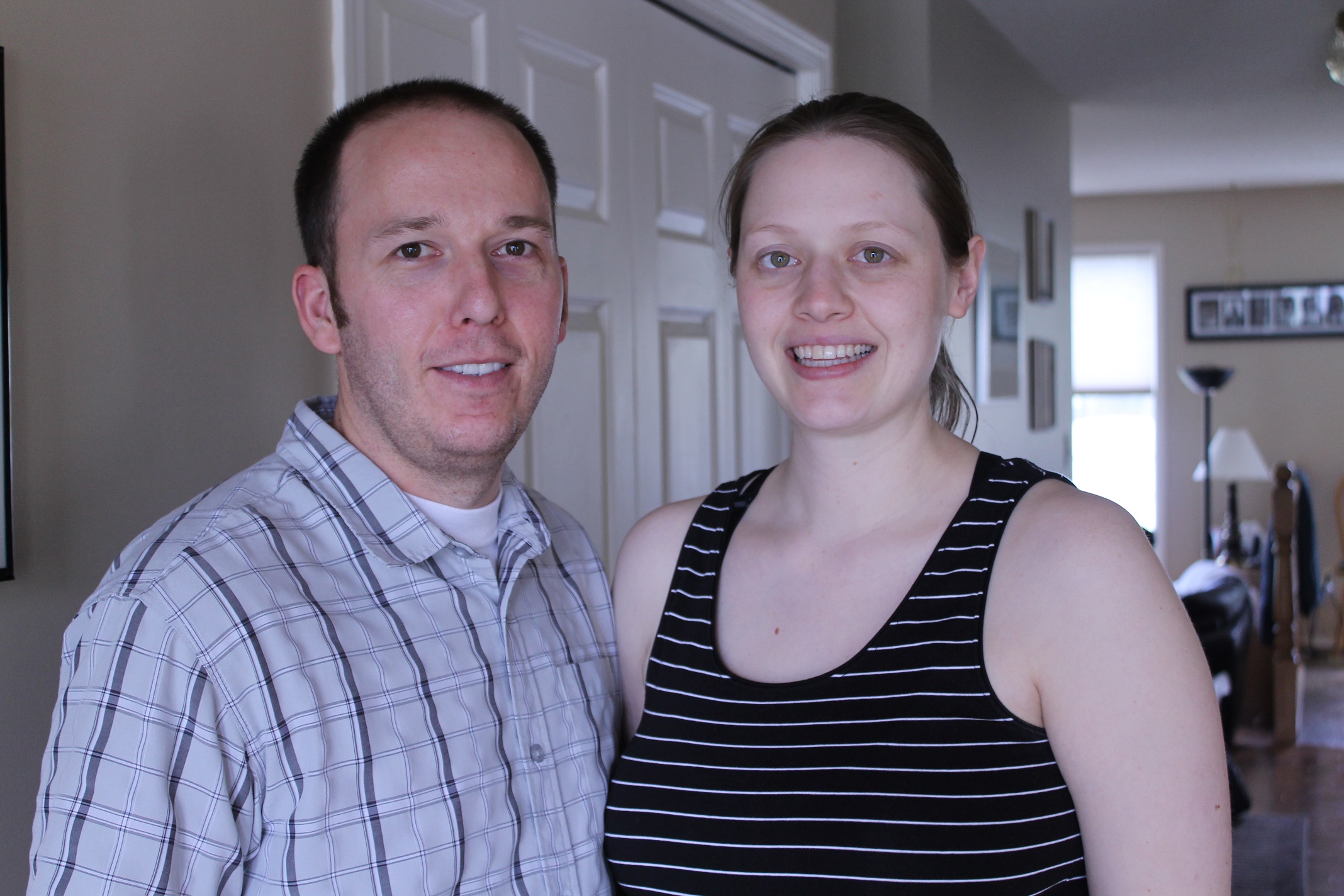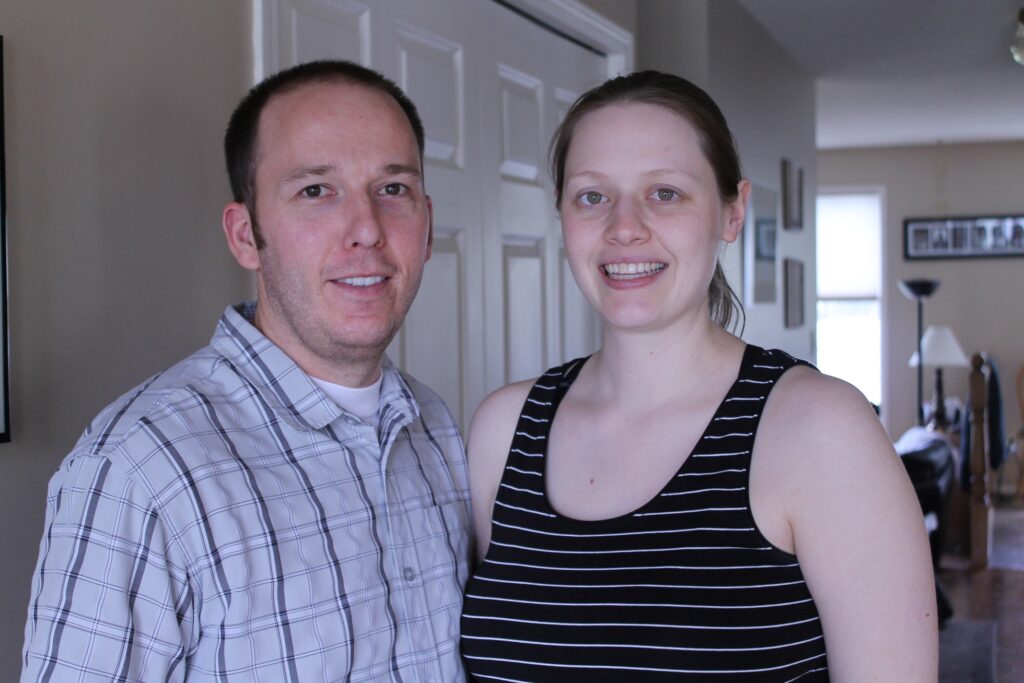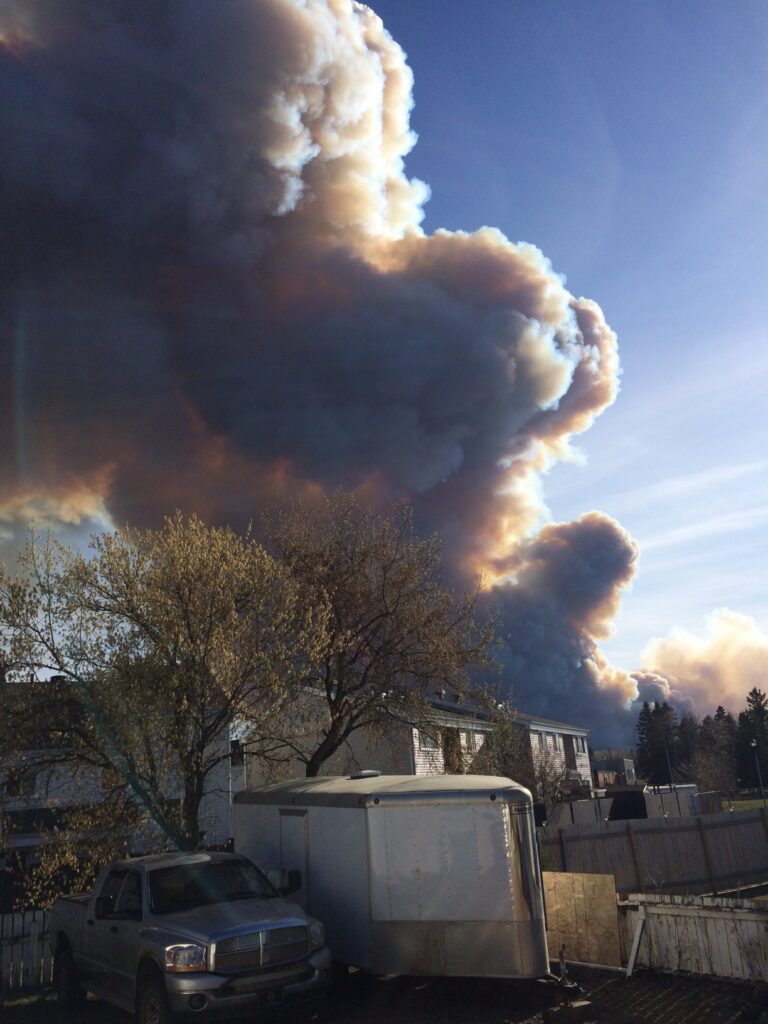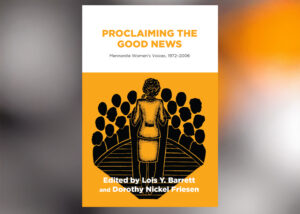“I have a new appreciation for the phrase, ‘spreads like wildfire,’” says Patrick Drapeau. He and his wife, Rachel, live in Fort McMurray, the Alberta community that has faced raging wildfires for more than a week in early May 2016.
Despite residents having packed ahead of time, the evacuation order caught everyone off guard. The fire began on Monday, May 2. While many residents had prepared for possible evacuation, everything seemed to be under control. Tuesday morning began as a beautiful day; the fire was moving away from the city and people were advised to go to work.
“I wasn’t worried at all.” Patrick says. Leaving their packed vehicles in the driveway, Patrick and Rachel took the usual busses to their work sites. Rachel is a materials engineer with Syncrude, 45 minutes north of the city, and Patrick is a quality assurance inspector with Canada Natural Resource Limited (CNRL), 90 minutes away.
At 2 p.m., they heard news of the mandatory evacuation order, but at that time there were no busses to take people back to the city. Both managed to catch rides to the north end of town with fellow workers, but flames were already jumping the river, and they were unable to cross to the south to retrieve their vehicles from home. Cell phone service was spotty, but they managed to find each other and get a ride back to Patrick’s workplace.
The 80 kilometre ride took four hours. Leaving the city they could see flames in the rearview mirror. Cars were stuck in ditches, some vehicles had run out of gas and were abandoned, and people were fleeing on motorbikes and all-terrain vehicles. “I hope it’s the last time I ever see traffic going north on both sides of the road,” Patrick says.
A neighbour who lives in the same Beacon Hill area as the Drapeaus, had been changing the oil in his truck that Tuesday morning. While still lying on his back, he saw flames. He jumped into his vehicle, but the road out of the neighbourhood was already impassable, so he drove over a hill and down a ditch. He got through but stopped and rescued two other people whose car was stuck in the ditch. They didn’t even have time to grab their bags because the grass was on fire.
The Drapeaus have high praise for the way CNRL responded, saying that the company was helping everyone who showed up at the camp, offering places to stay or spaces on planes heading to Edmonton. Temporary kennels were even set up for pets. Patrick and Rachel arrived in Edmonton early Wednesday morning, with only the clothes on their backs, Rachel’s work ID, Patrick’s driver’s licence, and one credit card. Along with their neighbours, they are staying with her parents. Rachel and her parents are members of Edmonton’s First Mennonite Church.
The unfolding tragedy is a reminder of the fragility of life and the illusion of independence. Rachel, who is expecting their first child in July, commented on the strange and sudden feeling of dependence on others. “It’s when you have to phone the doctor and say: ‘Hi, my name is Rachel and I have nothing.’ Asking for help is hard—usually we are independent and can care for ourselves.” She adds, “I have prepared everything (for the child): I’m ready…and now I’m not.”
The Drapeaus, along with over 80,000 other evacuees of the city and surrounding areas, now have to wait and cope with the uncertainty of what will happen next, what will remain of the city, whether there will be jobs, and where they will live while everything is sorted out.
On Friday the couple learned that their house is still standing, however, their friend’s home was destroyed. There is no way to tell at this point if their home is habitable. Alberta Premier Rachel Notley has announced that it will take two weeks to formulate a schedule for area residents to return home. It may, however, be months before the hardest hit areas are safe. It is reported that 2,400 structures were lost in Fort McMurray, however 90 percent of the city, including the hospital, is still standing.
Conditions across Alberta remain extreme. Drought and high temperatures combined with wind has made battling fires like the one in Fort McMurray next to impossible. On Friday May 6, 101,000 hectares were burning. As of May 10, the fire’s reach was 229,000 hectares. The fire is moving northeast, into the boreal forest toward Saskatchewan, but it is still 50 km away from populated areas. Cooler temperatures and some rain have helped to slow the fire’s spread.
Mennonite Disaster Service (MDS) has not yet released details of how the organization will become involved. Ross Penner, director for District V (Canada) says, “We are monitoring the situation closely and anticipating engaging in the recovery, as soon as it is safe and feasible to do so. While there may soon be a chance to be involved in clean-up, the process of being ready to repair or rebuild takes months.” At that point there will be a need for volunteers to help.
In the short term, Penner suggests people donate to the Red Cross and other organizations that are helping evacuees with urgent needs. Penner said the Fort McMurray fire “. . . has potential to be on a similar scale to Hurricane Katrina, which was the largest catastrophe MDS has ever dealt with.” (See more of Penner’s comments at: http://www.pembinavalleyonline.com/local/49981-mennonite-disaster-service-readies-to-help-fort-mcmurray)










Leave a Reply
You must be logged in to post a comment.